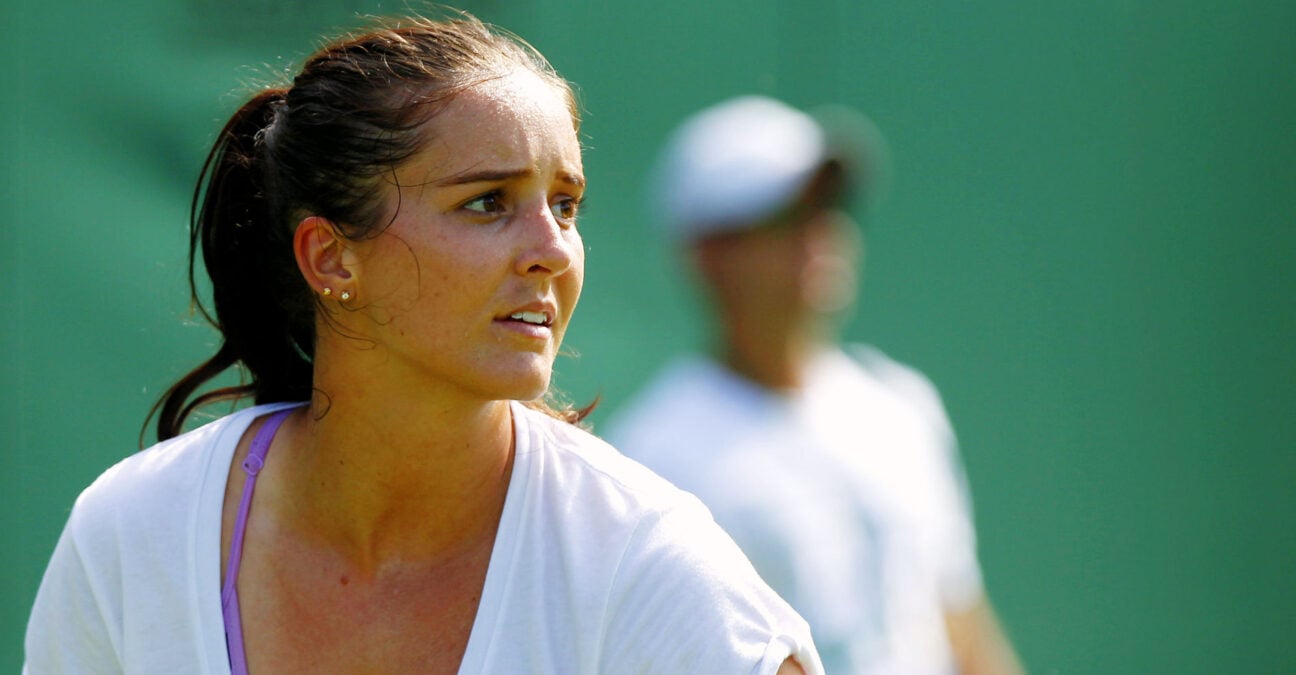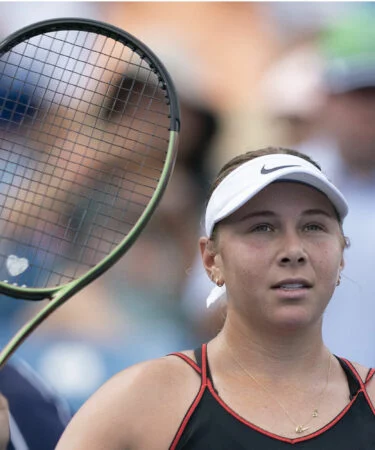Wimbledon Considers a Rule Change to the Women’s Final
Tennis fans demand a best-of-five format after Iga Swiatek’s 6-0, 6-0 demolition of Amanda Anisimova. Some say change is necessary; others mention physical challenges.
 Laura Robson | © BPI / BestImage / PsNewz
Laura Robson | © BPI / BestImage / PsNewz
The 2025 Wimbledon women’s final will be remembered for quite some time, but not for a good reason. In a crushing performance, Iga Swiatek dismantled Amanda Anisimova 6-0, 6-0 within less than one hour. Her quick victory made fans wonder whether the current format should be changed. A prolonged format can keep fans more engaged and make tennis betting online more unpredictable than ever before.
Reason for the Potential Change
Some voices in the tennis world are calling for a shake-up to the women’s Grand Slam format. Laura Robson made one of the loudest calls out there. The former British player said that the women’s final at Wimbledon should be played as a best-of-five sets match. Robson claimed that Amanda Anisimova could perform much better if she had more time. Instead, it took her much time to handle her emotions. Once she did, it was too late. Is it a valid excuse for her loss? Surely no.
Her point resonated with many. Anisimova looked overwhelmed from the start and never found her rhythm. Robson suggested that the extra sets would give players more breathing room to recover from a rough start. Just think of Carlos Alcaraz in 2023 when he lost the first set to Novak Djokovic before winning the rest of the game.
And this wasn’t the first time a women’s final ended in dominant fashion. Since 2010, there have been several finals where the runner-up won five or fewer games :
- 2010: Serena Williams def. Vera Zvonareva 6-3, 6-2
- 2014: Petra Kvitova def. Eugenie Bouchard 6-3, 6-0
- 2019: Simona Halep def. Serena Williams 6-2, 6-2
Robson believes that nerves often impact less experienced players. The three-set limit doesn’t allow enough room for recovery.
Rule Change Doubts
But not everyone agrees. Annabel Croft offered a strong counterpoint. The British tennis commentator and former player warned that extending women’s matches to five sets could have unintended consequences. The player’s health was called one of the most significant issues. She said, “But if you’re three hours for three sets, can you imagine five…?”
Croft pointed to the physical toll of longer matches, especially with the increasing frequency of injuries on the women’s side. That’s not the change to be made for the sake of more dramatic finals. With that said, the debate doesn’t stop, while getting more and more intense.
On one side, fans long for equality and more compelling contests. On the other hand, they realize the potential risks associated with health and endurance. There’s also the question of tradition. Men have played best-of-five at Grand Slams for decades, while women’s matches have stuck to the best-of-three format. Some argue that changing the women’s format would balance the playing field in terms of prestige and excitement. Others say that tennis is not about equal duration of the game, but the equal quality of the game.
Wimbledon officials are collecting feedback from players, fans, and stakeholders. They will eventually decide whether they want to change the format or not. The global audience is scrutinizing every set while trying to figure out what needs to be done.
For now, Iga Swiatek’s win remains historic for its efficiency. It doesn’t diminish her victory. Swiatek is one of the best players in modern tennis. Her recent achievements are well-deserved. But the prolonged format could make the last game more dramatic. The 2025 Wimbledon final will be remembered as the match that started a new chapter in tennis history.














